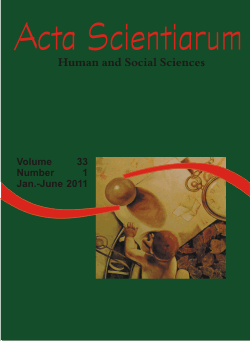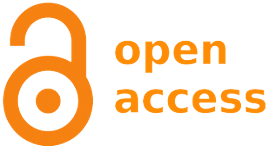<b>Formative assessment in higher education: a case study</b> - doi: 10.4025/actascihumansoc.v33i1.9214
Keywords:
higher education, problem-based learning, PBL, formative assessment
Abstract
This study, of a qualitative nature, discusses an implementation of Problem-based Learning (PBL) and, in particular, its assessment system from the students’ standpoint in the context of a course at a public university in Brazil. PBL is a teaching-learning approach that uses problems to initiate, focus, and motivate the acquisition of professionally (and socially) desired concepts, skills and attitudes. Besides written essay tests, required by the institution, the assessment system adopted by the teacher in charge of the course comprised peer assessment, self-assessment, and assessment of the instructional process. The research data, collected by means of participant observation and an end-of-term questionnaire, point to student satisfaction regarding the adopted assessment system and indicate some dysfunctions (e.g., increased time consumption and occurrence of ‘free rides’). Yet, according to the students, the adopted system promotes teamwork and is consistent with PBL’s theoretical underpinnings and principles.Downloads
Download data is not yet available.
Published
2011-02-25
How to Cite
Ribeiro, L. R. de C., & Escrivão Filho, E. (2011). <b>Formative assessment in higher education: a case study</b> - doi: 10.4025/actascihumansoc.v33i1.9214. Acta Scientiarum. Human and Social Sciences, 33(1), 45-54. https://doi.org/10.4025/actascihumansoc.v33i1.9214
Issue
Section
Education
DECLARATION OF ORIGINALITY AND COPYRIGHTS
I Declare that current article is original and has not been submitted for publication, in part or in whole, to any other national or international journal.
The copyrights belong exclusively to the authors. Published content is licensed under Creative Commons Attribution 4.0 (CC BY 4.0) guidelines, which allows sharing (copy and distribution of the material in any medium or format) and adaptation (remix, transform, and build upon the material) for any purpose, even commercially, under the terms of attribution.
Read this link for further information on how to use CC BY 4.0 properly.























